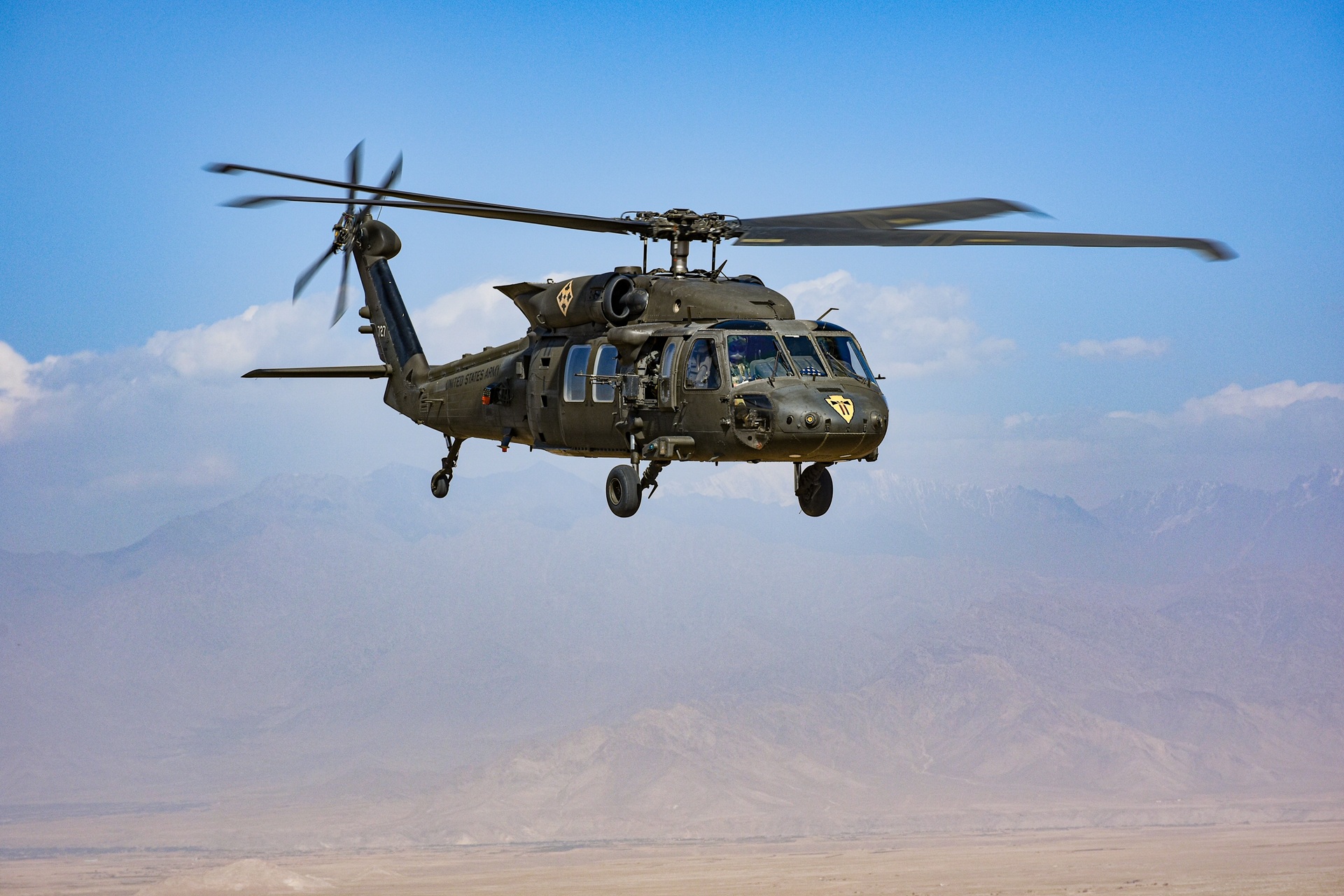Noise Control in Aviation: Advanced Solutions for Commercial and Military Aircraft
In aviation, managing noise and vibration is critical for safety, performance, and passenger comfort. Whether designing commercial planes with quieter cabins or military aircraft capable of withstanding intense operational demands, noise control remains a top priority. This article examines the unique challenges of noise control in aviation and explores how advanced thermal-acoustic materials contribute to sound attenuation, vibration reduction, and passenger comfort.
The Challenges of Noise in Aviation
- Commercial Aircraft: Passenger comfort is a key consideration in commercial aviation. Noise from engines, air turbulence, and environmental control systems can create an unpleasant cabin environment. Airlines aim to reduce cabin noise to enhance the passenger experience, improve sleep quality on long-haul flights, and differentiate their services.
- Military Aircraft: Military planes and helicopters operate in extreme conditions, often encountering high levels of noise and vibration from powerful engines, weapon systems, and complex mechanical assemblies. Noise reduction in military aviation is crucial for maintaining communication clarity, preventing equipment malfunctions, and protecting personnel from long-term hearing damage.
- Helicopters: Helicopters present a unique challenge due to rotor-generated noise, which is an issue for both structural and aerodynamic reasons. Advanced damping and sound absorption materials are vital for improving internal conditions for passengers and crew.
How Thermal-Acoustic Materials Solve Noise Challenges for Aviation
- Absorptive Open Cell Foams: Melamine foams excel at reducing cabin noise by absorbing sound energy from engines and mechanical systems. They are lightweight and meet specific aviation requirements for flammability resistance, like that of Soundfoam ML ULb; it has excellent flammability resistance and meets the requirements of FAR 25.856(a) and can be processed with a hydrophobic/oleophobic treatment to repel water and grease.
- Damping Materials for Vibration Control: Damping materials such as Soundfoil LT mitigate structure-borne noise and vibration, preventing wear and tear on mechanical systems and improving passenger comfort.
- Laminated Composite Materials: By combining sound-absorbing materials with facings, fabrics, and films such as Tedlar®, laminated composites provide effective comprehensive noise control solutions for aviation. These materials are ideal for applications requiring high-performance acoustic insulation with minimal weight impact and low flammability.

The Growing Importance of Acoustic Engineering in Aviation
With growing consumer expectations for quieter flights, the role of acoustic engineering in aviation has never been more important. Military aviation is also seeing greater demand for noise control solutions to enhance mission performance and crew safety. Innovations in thermal-acoustic materials and advanced acoustic engineering services enable manufacturers to strike a balance between noise control and operational efficiency and safety.
Conclusion
Noise control in aviation is a multifaceted challenge that requires a combination of advanced materials, precise engineering, and regulatory awareness. By leveraging cutting-edge thermal-acoustic solutions such as open-cell foams, barrier materials, damping technologies, and laminated composites, manufacturers can address the unique demands of commercial and military aircraft. These innovations not only improve performance and comfort but also support compliance with evolving aviation noise standards, setting the stage for a quieter and more sustainable future in aviation.
